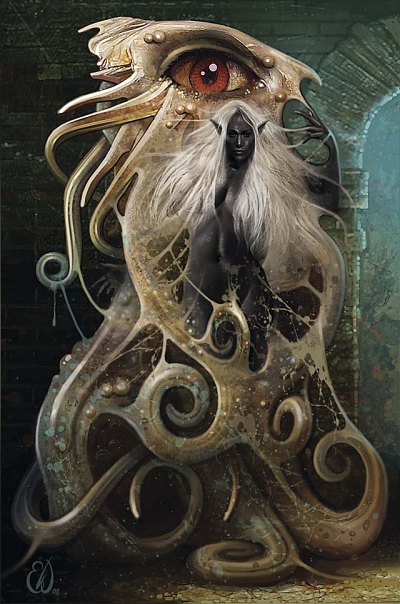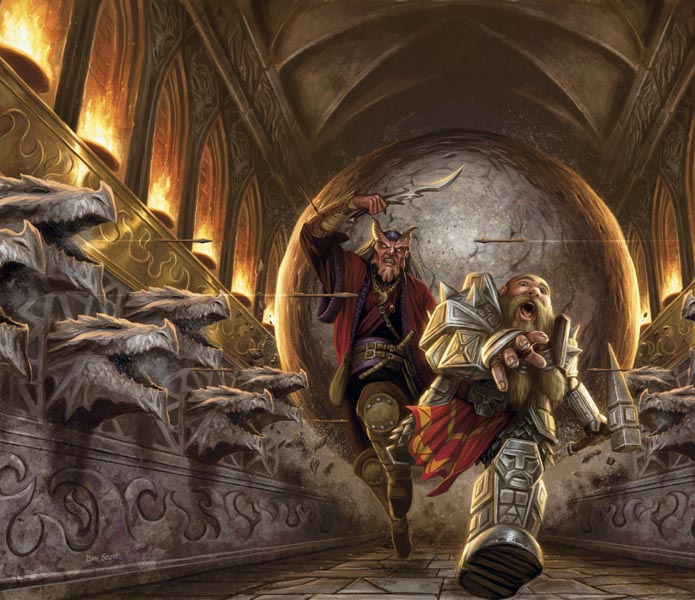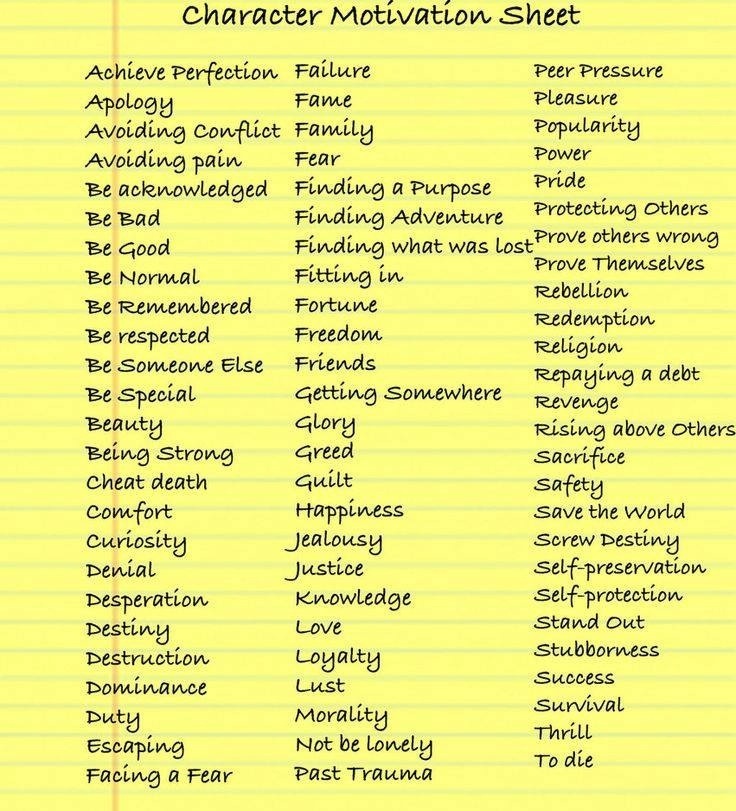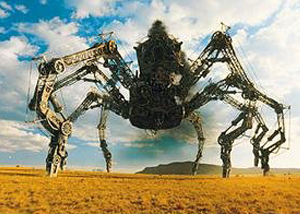OSSR: Drow of the Underdark
Drow Campaigns

Drow of the Underdark wrote:Drow are not just elves with dark skin

AncientH
A major problem with the
Sabbat Drow of the Underdark is: how do you have mixed-alignment parties? If the PCs are generally good and an evil PC comes along, there needs to be some outside factor whereby everyone can work together without a major alignment violation - preferably one that actually makes sense within the context of the setting. You could restrict PCs to non-evil Drow, which is hamfisted and stupid, but popular; you could flip the menu and make Drow only part of all-evil parties; you could give the PCs a common cause which overrides their individual alignments (money, power, save the kingdom, get laid, etc.)...or you could follow the most popular approach, and just dump that shit in Mister Cavern's lap and let her fucking deal with it.
Frank
The 2007 version promises some bits on campaigns with Drow characters and also campaigns where you fight Drow. And not only that, but campaigns where you fight Drow like
all the time, and also ones in which you fight Drow just some of the time. Are you excited? I'm excited.
The 1991 gives some feelies to show how Drow runes might look and some rants about life in the Underdark and the overarching conflict with the Dwarves. These are really short sections, with the thing about the War of the Axe being only two pages long, and “The Underdark” being literally a 1 page rant about magnets.
 They make it so you can't teleport reliably for long distances so that it's hard to scry-n-die Drow leaders.
They make it so you can't teleport reliably for long distances so that it's hard to scry-n-die Drow leaders.
With so little to bother sinking our teeth into, I think we'll mostly be talking about the 2007 material. There's a 41 page chapter called Campaigns and Adventures, and then there's a 24 page chapter called Erelhei-Cinlu. Erelhei-Cinlu was the Drow city in D3: Vault of the Drow, which is the 3rd adventure of the Descent Into The Depths of the Earth from 1978.
AncientH
D&D is at least 75% nostalgia by volume, at least during 3rd edition, so this should not come as any vast surprise. The problem with presenting a Sabbat Handbook from a writing standpoint is that there are fundamental differences of approach between writing a book
for player characters to play something and writing a book
for player characters to play against. In the latter case, balance isn't really a factor, or it's at least a different factor: you're less concerned about individual character options than in making interesting and formidable threats for the PCs to encounter, and then have something they can maybe lift off the enemy's corpse. From a strictly game-mechanical point of view, one of the basic reasons monstrous races tend to have innate magical/psionic/special abilities is because when you kill them
those go away without actually providing the PCs any additional power.
But both
Drow of the Underdark books try to have their cake and eat it to - to present drow as a monstrous race for PCs to defeat, and as possible (albeit not always strongly pushed and often quite nerfed) PC options. And when the PCs get the same stuff as the NPCs from the get-go, you need to provide stronger incentives for conflict.
Frank
The section on incorporating Drow into a campaign is frankly pretty dumb.
You will need to do more than simply insert drow NPCs here and there. Capturing the menace and awe of the drow requires effort on your part, and it begins with generating a sense of fear before the first drow ever shows its face.
This is hokey, and it's also wrong. The reasons for that particular rant are twofold. The first is obviously that they are using up wordcount by gibbering about bullshit, but also because they are trying to recapture the glory of Descent into the Depths of the Earth. The initial Drow adventure
worked, at least it worked better than most adventures of that period. And while that particular adventure is probably why people ultimately care about Drow more than they care about Saurials or Shu or whatever other vaguely racist humanoid race that has appeared in a monster book for whatever edition.
But if you think about it carefully for a moment, you'll realize first that having a race be the big reveal all the time doesn't make it constantly a big deal, it makes all your big reveals boring and predictable. And secondly, to the extent that the Descent progression worked, it did so because the stakes kept rising and there was a progression of mysteries to uncover and weird shit to explore. The final vault isn't epic because it happens to be filled with Drow and spider demons, it's epic because it's part three of an escalating ramp of heroics. That kind of thing is hard to hit the right note on, and you'll note that Gygax tried exactly this formula several times to decidedly mixed overall results.
 Sure. Fine.
Sure. Fine.
 Fuck this adventure and fuck their “you get captured no save” bullshit.
Fuck this adventure and fuck their “you get captured no save” bullshit.
The core issue is that getting a Pathfinder style adventure path to work requires a bit of luck to make it all work out. GDQ was the first successful Adventure Path, but it was also the
only successful published Adventure Path for over a decade. But it's important to realize that GDQ didn't work because of something special about fighting Giants, then Troglodytes, then Kuo-Tia, then Drow in that specific order.
Essentially this book is advocating cargo cult campaign design. The proper use of the Drow according to this book is to follow the outlines of an adventures path written in 1978. But Ari Marmell was four years old in 1978, he wasn't playing the GDQ adventures at the time they were relevant. He's heard legends from an older generation of gamers about how cool Vault of the Drow was at the time, and he's gibbering up suggestions that you go through the motions of processes he has heard were cool back when he was watching Scooby's Laff-A-Lympics.
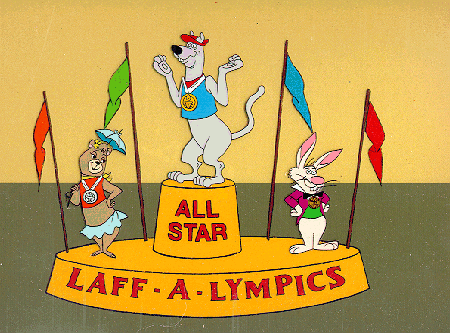 1978 was a weird time.
1978 was a weird time.
So the fact where the specific examples just use up a lot of
text and aren't really very usable or interesting, and indeed kinda sound like they were dictated by people that are high, is not really the problem. “You could like, find some references to powerful Drow in a journal,
man. It would be like
foreshadowing and shit!” The problem is that the core concept they are trying to get across is shallow and stupid. Even if you could make a successful adventure path, just using the Drow in precisely the same way they were used in GDQ would be boring and predictable
because GDQ already fucking happened.
AncientH
I should point out the 2007 advice was pretty fucking typical of D&D products of this era. Producing mechanical content - actual feats, classes, spells, weapons, magic items, monsters, etc. - had become rote, and the write-ups actually really compact by 3.5. And then...they started to unpack. A class whose mechanics might fit on a page and a half suddenly got
six fucking pages with sample characters and worthless campaign advice and maybe a random map of a building. It was
insane, and it got
worse. By the end of the edition, the books had gone from slim, packed with information to bloated shovelwear shelfbreakers.

Frank
However, you can also run an Underdark campaign in which the PCs are members of other subterranean races.
Well... yes. If you wanted to do a campaign in the Underdark, you could jolly well have the players all play races that just happen to already live there. You know, like
Dwarves, the incredibly normal player character race that has been in literally every edition of Dungeons & Dragons as a basic playable race. They just already live in the Underdark. You could start the Underdark Campaign by having the players
put on their fucking shoes.
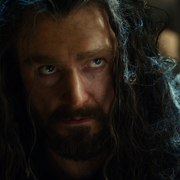
More generally, the Underdark just isn't that “mysterious” or “scary” anymore. At this point the Underdark is more fleshed out than just about any other D&D location. I can tell you more about the Underdark than I can about any place in any D&D world except maybe the Sword Coast. I can tell you what's deeper in the Underdark in a way that I just can't tell you what's south of the Banemires or east of Skull Island. We talked about this a bit with the review of the
4e DMG2, how the people at WotC seemed convinced that they could just put “in the
Underdark” on things and have that successfully communicate that a new horizon of mystery and challenge had been reached. But it doesn't. The Underdark is as familiar as any D&D landscape can be, and is well known to have plenty of low level stuff in it and it is a perfectly normal place for starting D&D characters to be
from.
 That's kinda cool, but it's no more or less threatening than a Hobgoblin city. And it's quite literally not on the same level as the brass minarets of an Efreet city or the cyclopean walls of a Cloud Giant fortress.
That's kinda cool, but it's no more or less threatening than a Hobgoblin city. And it's quite literally not on the same level as the brass minarets of an Efreet city or the cyclopean walls of a Cloud Giant fortress.
Another possibility is for players to run drow characters who are disaffected outcasts.
 And they can all use two scimitars, because that is awesome.
And they can all use two scimitars, because that is awesome.
I'm not saying that you can't have a campaign where all the characters are shallow copies of Drizzt Do'urden. Obviously people played games like that. But mostly in 1997. This book came out in 2007. But my main issue with this is not that the authors were literally an edition and a half late to the party, it's that the fact that this is even the first thing you think of when you discuss Drow player characters highlights how basically bullshit the Drow society they came up with is. There really isn't much to hang your hat on if you've made the society so comically and universally unpleasant that you can't even really imagine trying to roleplay as members of it. When they
do try to think about being members of the Drow society they've described, they just sort of fail to launch.
Parties should avoid including PCs who are noble or elite dark elves, mainly because such drow prefer to let subordinates do their menial work while they focus on their schemes and decadent lifestyle. Also, noble drow face the near-constant threat of extermination by rivals, perhaps even a sibling or other close relative within their house.
Yeah, who would possibly want to play a Game of Thrones style campaign with scheming nobles and lots of conflict and betrayal? That's unpossible!
Sarcasm aside, the authors really have oversold the wicked venality of the whole thing. To the point that they've basically been forced to admit that they can't actually think of a reason that you'd want to engage with the culture they've written in any way. Fundamentally players are willing, even excited, to play out stories with lots of conflict and betrayal and D&D characters are going to get into fights all the time no matter where they are from or what their goals are. But scheming, fighting, and struggling against rival houses and rivals within the house is only something players are going to want to do if there is something actually at stake. The authors simply forgot to actually write in anything to actually
win. It's the whole problem we mentioned with
Vampire: the Rrquiem, if the scenario being presented is dangerous you do need to have an answer to the question “Why don't we just leave?” WotC just straight admits that they don't have an answer to that. They cannot think of a single reason for you to want to scrabble your way up to the rank of Matron of a High House, and neither can I. All the perks of being high ranked seem like they could be duplicated by just hiring servants from any village anywhere. Actually owning slaves doesn't seem to do anything except save a few silver pieces a month.
What's odd of course is that societies that have societal evils in them represent perhaps the most obvious possible hooks for a heroic campaign. You could have a campaign where the goal was to emancipate the slaves of Menzoberranzan. You could have a campaign where the goal was to replace the sacrifices of thinking people with sacrifices of cave oxen. These heroic goals are easy to imagine, but the authors can't imagine how to get players to engage with them because they haven't bothered to write a single thing about what players might want to actually keep or even interact with in the Drow civilization.
 After your heroic victory, the green guy in the corner gets paid three silver pieces a month and doesn't have to wear the leash.
After your heroic victory, the green guy in the corner gets paid three silver pieces a month and doesn't have to wear the leash.
AncientH
Which is unfortunate, and let me bring something back here:

This is a fun series. It's not great literature. It's not the Dark Elf version of
Lord of the Rings. It's the Dark Elf version of the Drizzt novels. And I fucking ate these up,
because they are fun, and they are fun because Malus Darkblade has...a purpose.
It's not always a great or glorious purpose. Sometimes he just wants to steal shit. Sometimes he's on a pirate cruise to steal some slaves, and ends up fighting some plague-pirates that wear the skins of their victims. Every now and again he's an outlaw on the run, just trying to survive. At least once, he's more than a little interested in fucking his sister. But the point is, Dark Elf society in Warhammer is
fucked up but also
functional. Your average Dark Elf may not have a lot of options in life, but they can still join a slaving cruise or steal shit or smuggle things or break into an ancient tomb to claim a magical artifact. They can be sent on secret missions by the Witch-King into human and orc and dwarf lands, they have their own definitions of honor, nobility, respect, and social standing to aspire to.
Drow
should have all of that shit too. Instead we get this:
What this boils down to is that if you want your drow to adventure, you need to
give them a reason to adventure. Just assembling a bunch of drow PCs doesn't make a party. They need a reason to cooperate without stabbing each other in the back, and a goal to work towards. That's such a fundamental aspect of things, you think they would hammer it home with a spider dildo...but no.
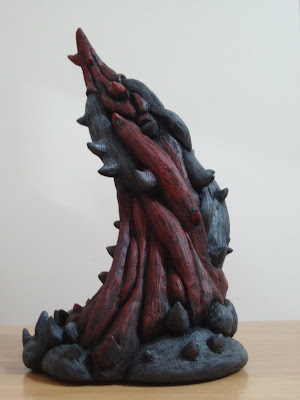 Sex toy or Underdark terrain feature? YOU DECIDE!
Sex toy or Underdark terrain feature? YOU DECIDE!
Frank
We are assured that Drow are kill-on-sight in Elf cities, but also that Elves are allowed to come into Drow cities and trade if that is for whatever reason what they want to do. This is problematic on a whole bunch of levels. And like many things that are just kind of inertially fucked up about Dungeons & Dragons, it can be traced back to Tolkien.
 Saruman recruiting a racially mixed army of humans and orcs in Dunland.
Saruman recruiting a racially mixed army of humans and orcs in Dunland.
One of the easiest criticisms of Lord of the Rings and most fantasy that has been inspired by it (which these days is
most fantasy) is that the POV armies don't seem to have any Orcs in them while the Enemy armies definitely have some Humans in them in addition to Orcs. That's hugely problematic because the biggest crimes of the 20th century, and thus the biggest crimes in the history of the world, were defined by genocidal racial intolerance. The declaration that one race cannot be allowed in your culture and can only be fought to the death is literally the worst thing anyone has ever done, and anyone saying something like that out loud in fiction has been clearly marked as the
bad guy in the most simple and irrefutable fashion possible.
So when D&D tells us that the Elves are the “good guys” and that also they have genocidal intolerance of the Drow, that rings exceptionally hollow. That is a circle that I cannot square. I literally cannot even imagine a moral framework in which it is permissible to be “Good” yet still have the character flaw “actively racially intolerant to the point of perpetuating genocide.” That's just too fucking far for me.
 This is a pretty unsympathetic group, but they haven't already begun murdering your people on an industrial scale.
This is a pretty unsympathetic group, but they haven't already begun murdering your people on an industrial scale.
It goes down to the fact that in the real world evil is
not an absolute and is instead something both nuanced and relative. As social progress is made, things in the past which were regarded as “good” are instead regarded as “bad” because they are being compared to possibilities that are better instead of possibilities that are worse. But also that as technological progress is made, that the evils that are even considered as possible continue to multiply. Times of war also change the equations significantly as there is a substantially different conversation to be had about actions like detonating nuclear bombs in civilian populated areas because you are already in a massive war that has claimed the lives of tens of millions of people versus simply doing it as an act of terrorism because you don't like the people you are vaporizing very much.
When we think of all the societal evils that a society can have, they are multiform and horrifying. The Drow as described have human slavery, institutional banditry, a capricious and corrupt judiciary, legal torture, and public human sacrifice. Those are all very bad things! But they
don't have forced marriages, child labor, forbidden social mobility, industrial genocide, or many other social wrongs that you could imagine or even which explicitly exist in other societies in D&D. Even in societies that we are explicitly asked to sympathize with.
But of course ultimately the reason that Drow society is not something that people cared about interacting with is not because of a fundamental disagreement on what the hierarchy of societal sins should look like – most players never really thought about it at all. No, the reason that Drow society never had any traction as an environment to adventure in is that being part of a society with legalized robbery and murder isn't actually different from
not being part of that same society. The social contract basically doesn't exist, so there's no reason to follow any of the rules.
AncientH
And this kind of boils down to another common game designer flaw: not understanding equilibrium. Most people
don't rape and murder and steal all the time, not because they aren't physically capable of it or because they're afraid of repercussions, but because they don't
want to rape and murder and steal all the time. This isn't always formalized into a code of ethics or laws, it's basic group survival stuff. People want to live, they want to keep their shit. "Live and let live" is the
default for humanity, and the people that violate that for whatever reason are the monsters - the thieves in the night, the wolves from the sea. Yet people still largely abhor violence.
So any working society, any group of people that live and work within proximity, has an equilibrium. It might not be fair, it's probably fucked up. There are Drow in chains and Drow that get a new concubine every night. But there has to be some structure, even if only a nominal one. A Drow that can order anyone to cut anyone else's throat at any time is one too many orders away from facing someone that realizes that same Drow can order
their throat cut...unless they cut the Drow's throat first. Household servants and bodyguards need to be rewarded, the rewards need to be in some form that sustains them. Whether that's magic, gold, regular access to the sex slaves, or whatever...people need to get paid, fed, and clothed.
And since you need sources of food, wealth, and clothing, you need producers. You could steal that shit in raids, or you can buy it, or you can produce it yourself - and the Drow undoubtedly pick D (for Drow!) for All Of The Above. But only the young and stupid Drow noble would arbitrarily steal everything from a merchant. Even the fucking Mongols learned about
taxes.
Frank
Much ink is spilled on how Drow Cities are set up. And I do mean
spilled. It's like
whoa that's a lot of wasted fucking text. I think they hypothesize that Drow have a genetic memory of archetectural stylings like eight fucking times.
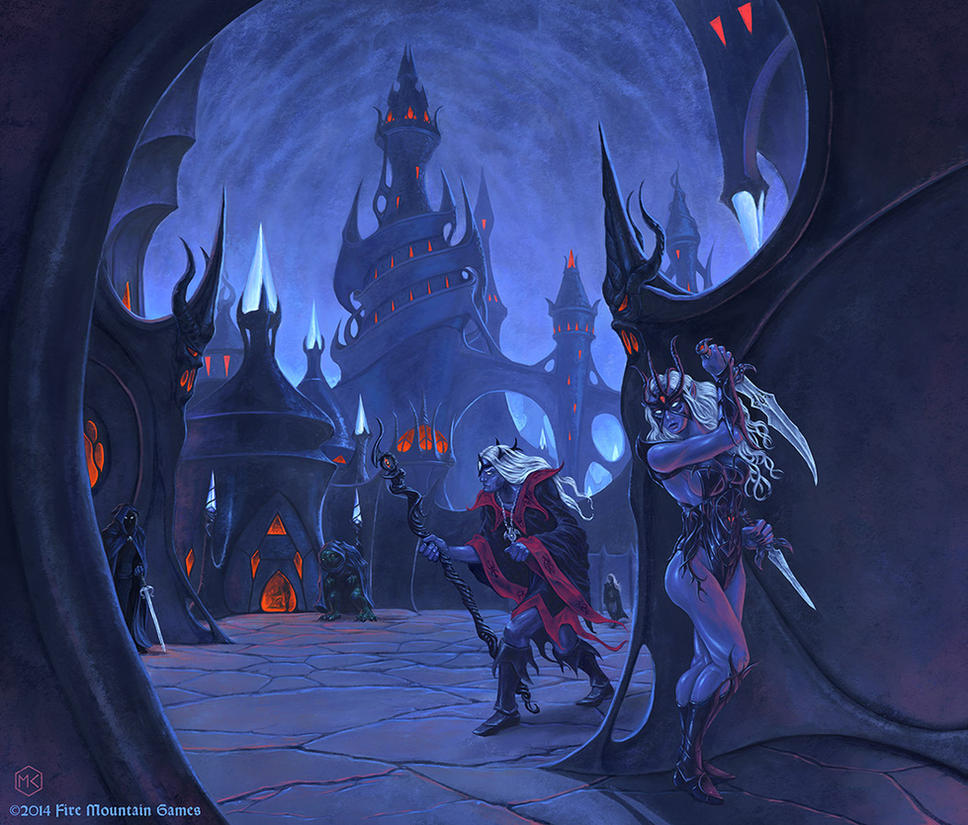
Towers and shit!
The thing is that again this is cargo cult bullshit. The alien vision of a dark fairy castle built in a giant cavern where no light ever shines was cool imagery. In 1978. But it also isn't shocking and discordant anymore. That's just a thing that the Underdark has in it, and the Underdark is as previously noted one of the most well understood and described places in the entirety of D&D land. You don't really have to prattle on about how weird it is that Drow build towers underground. Yes, that's entirely pointless in an environment where you can “build up” for like a fucking mile without any effort at all just by starting on the surface instead of starting with a one mile handicap by putting all this shit a mile underground. And it serves no possible defensive purpose because obviously anyone who wants to can climb down into your city from above. But it's what Drow cities look like. It's a particular aesthetic, and you don't really have to speculate as to why they do it like that. Efreet don't need genetic reasons to build minarets. Aquatic Elves don't need genetic reasons to make coral walled castles (which are even more useless, since everyone is underwater and fucking
swimming).
But fucking worse than all that is when they rant about fucking resources that underground cities are built next to.
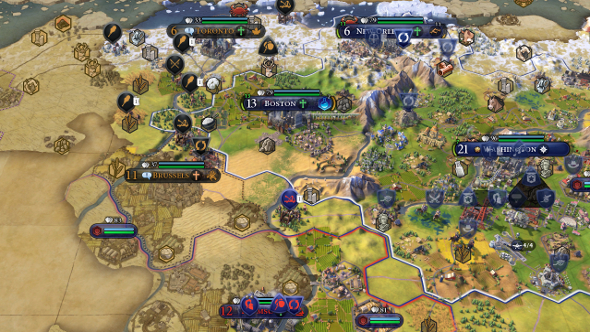
Now obviously anyone who has played a 4X game knows that you want to build your cities in good locations. It's just....
aaargh. It talks about the fucking underground radiation. The underground radiation was fucking stupid when it was specifically ultraviolet and it hasn't gotten any less stupid. In the 1991 book the one page rant about the Underdark is almost entirely taken up by a rant about magical radiation and strong magnetic fields and how they make fungi grow bigger. Look, I just don't fucking know, OK? This whole radiation subplot seemed like an exceptionally shitty explanation for why there's a functioning eco-system in the lands where the sun literally never shines, and as I have grown older it has not gotten any less retarded.
AncientH
Radiation subplot serves as plot armor for why you can't just zap in and out of Drow cities, and what gives the Drow goods their special whatsit so that they fall apart away from it. That being said, the
mechanics are never quite there, and that's because D&D has never wanted to get into the nitty gritty of magitech.
Faezress would make sense if regular Drow smiths could craft +3 armor and weapons in a cavern using radioactive ore and that bonus wore off/things fall apart when it was gone. Think about that for a second: you're surrounded by dwarfs, aboleths, mindflayers, vampires, all sorts of shit. Being able to build magic weapons and armor
in quantity and
cheaply is worth a lot more than being able to generate some twinkly lights from your fingertips. Drowcraft stuff
could have been a major advantage, if they'd approached it from the standpoint of "Okay, it's the Middle Ages and these guys can create 21st-century steel alloys, but they're magic so they fall apart if they go away too far or too long." Being able to just have regular non-magic smiths craft shit that bypasses damage reduction and gives a +30% hit/damage advantage is
huge. In a campaign without wealth-by-level, having the fucking 1st level Drow equipped with 9th-level gear makes them pretty badass, even to 4th level PCs.
But they don't go that route, really. They don't feel the need to justify the Drow being badass...they just claim they are. And that's like 9th grade sad.
Frank
Next up: Monster listings.


















